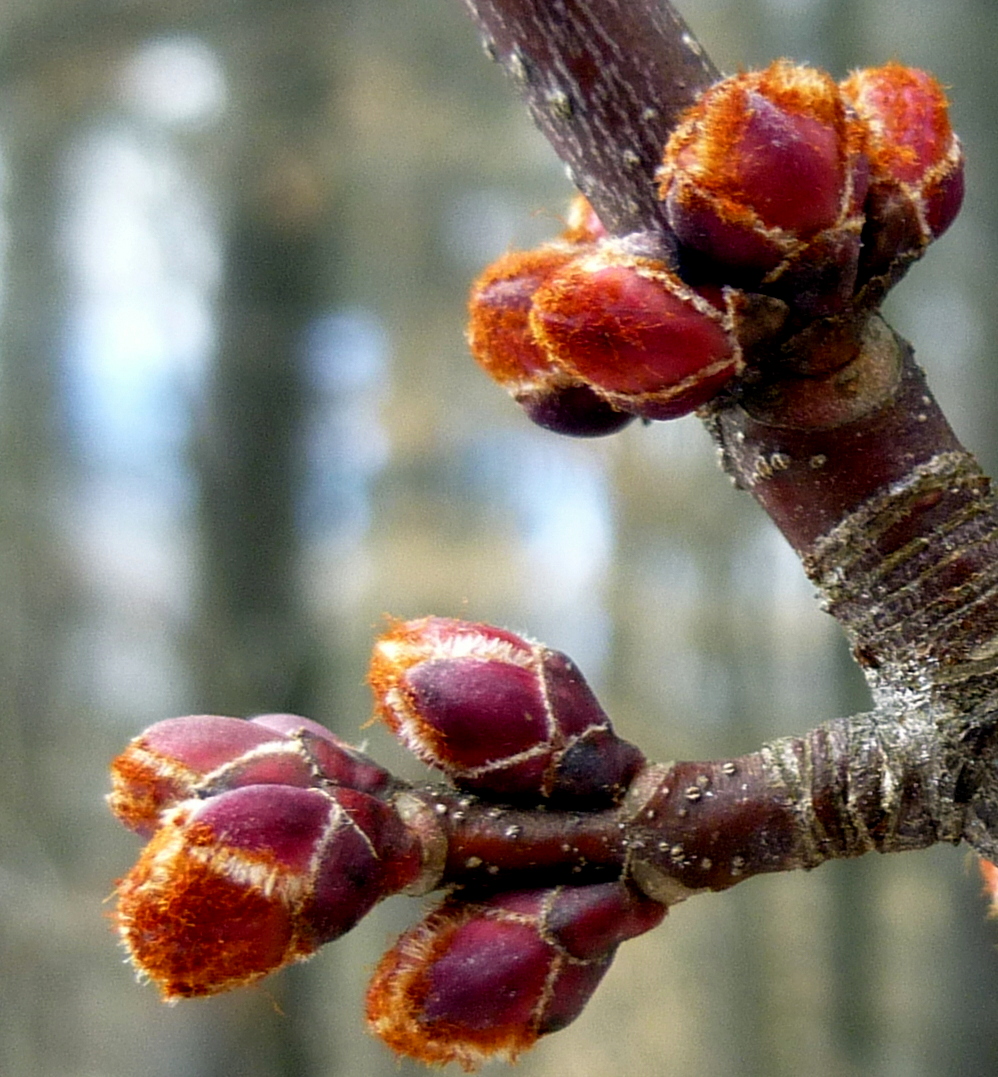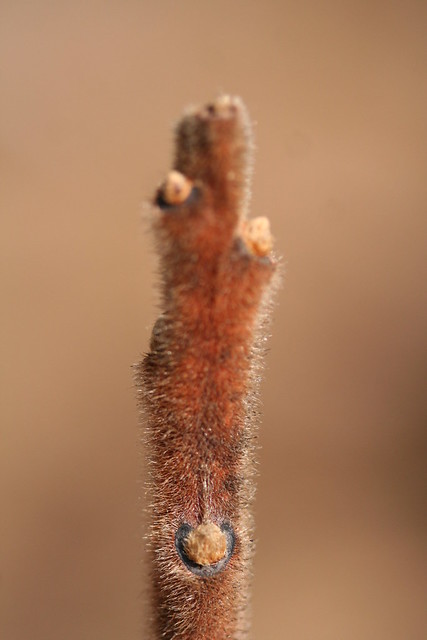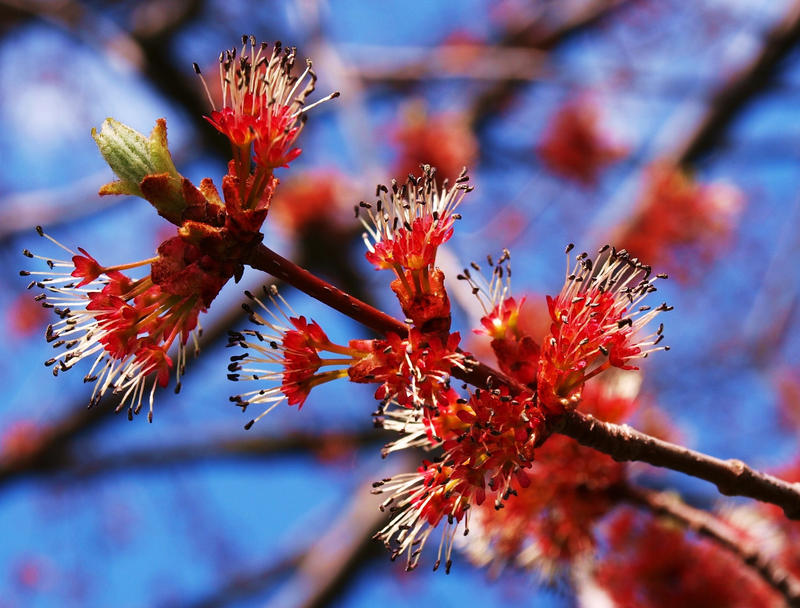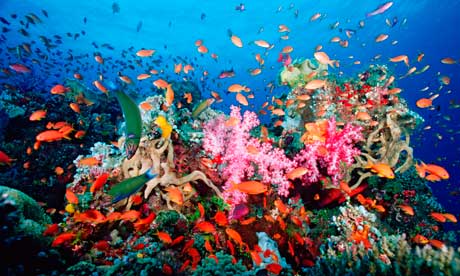
Family, community, country. Democracy and globalism. These constructs are all about togetherness. Are we better together? Very often. Together, as in "us and them" doesn't always work, though (see previous post on James Doty and "tribalism.") But if we are really, truly in it together, we seem to make great strides.
Families produce healthy kids. Communities make a healthy home, full of resources for happy citizens. Countries loosely embrace millions of little communities and foster exchanges and resources. Ask an early childhood teacher what a good day looks like in his classroom and you are likely to hear something like this: the kids enjoyed playing together. Research tells us that early development of social and emotional skills indicates success later in life. We emphasize team-building, leadership and decision-making in youth development. Each of these skills is developed within a social network, because we all operate in a social network. Getting along is important.

Nature teaches by example. Community action and power is in evidence everywhere. These are both practical and metaphorical lessons on community, power and health. The wolf pack hunts together for success, and they share the bounty. The geese fly in formation to cut down on drag and fatigue during migration. Small fish swim in balls to escape predators. These are all obvious examples of community effort furthering the cause of the species. But coral reefs take us even deeper into the complexity and beauty of community ethics.

Coral reefs are a colony of coral polyps-- small jelly animals that take excess carbon dioxide (entering the ocean from the atmosphere) and turn it into a limestone habitat. This habitat is home to polyps and many other critters. Coral reefs sequester carbon, buffer shorelines from high seas and erosion, create sand for our beaches and provide beauty and recreation. Valuable medicines are manufactured from organisms found in coral reefs. And, very interestingly, polyp colonies build their corals with unique, sophisticated engineering. The "hyperbolic geometry" of the coral reef, with its frills and ruffles, maximizes negative curvature and has taught quantum physicists and mathematicians much about the architecture of space and time. As it turns out, the strength of hyperbolic geometry has everything to do with a network, a knitting together of line, a pattern of space--and this knitted quality is what makes it so darned (pun intended) strong.
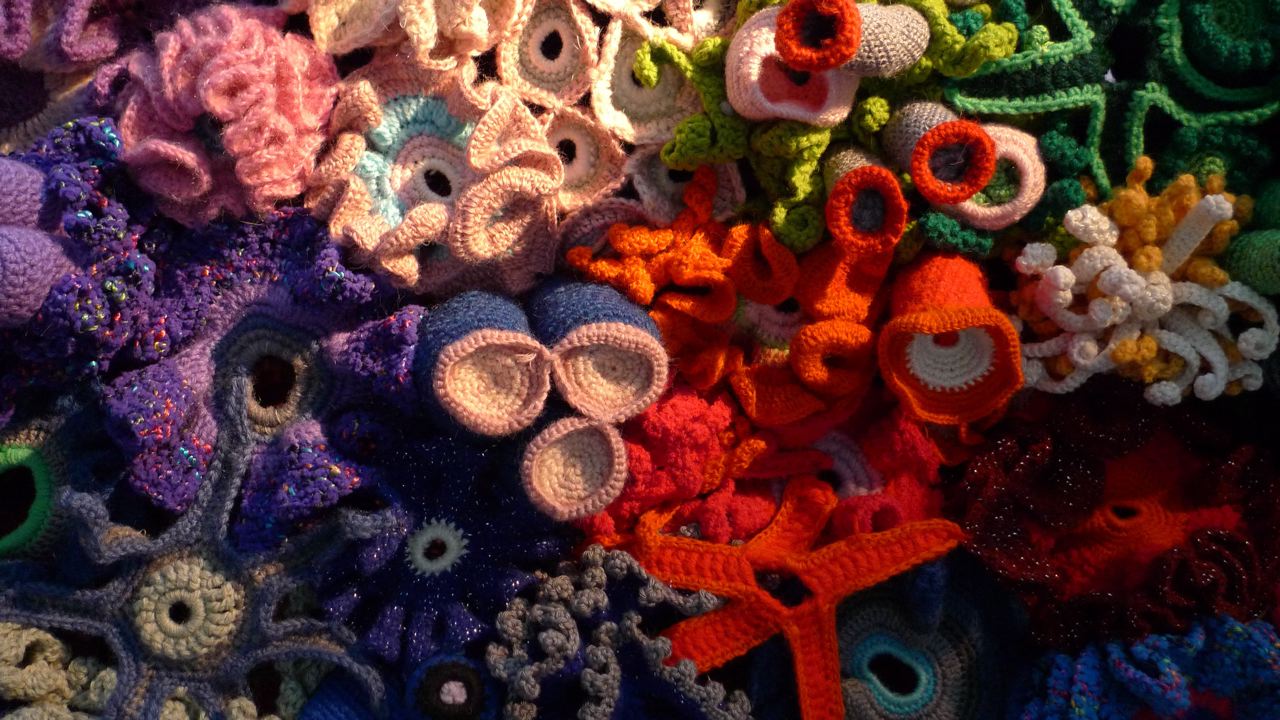
So the coral reef is, in all aspects, a terrific metaphor for the strength and purpose of effective community. That's why twin sisters, Margaret and Christine Wertheim launched the Crochet Coral Reef project. Margaret is science writer and Christine is an artist. They were interested in the work of mathematician Dr. Diana Taimina and her "hyperbolic crocheting," and they saw the connection between this work and the Great Barrier Reef of their native Australia. The Great Barrier Reef and all reefs on the planet are endangered by global warming; we may be looking at the extinction of all reefs if we do not take action to curb temperature rise. The Wertheims launched Crochet Coral Reef to raise awareness about the beauty and complexity of reefs, and of life. Through learning how to replicate corals through crochet--actual knitting!--communities raise awareness together, and remember the beauty and strength of their own group efforts.

"The basic process for making these forms is a simple pattern or algorithm, which on its own produces a mathematically pure shape, but by varying or mutating this algorithm, endless variations and permutations of shape and form can be produced. The Crochet Reef project thus becomes an on-going evolutionary experiment in which the worldwide community of Reefers brings into being an ever-evolving crochet "tree of life."
--Crochet Coral Reef
Note that there is potential for "endless variation" in the creation and recreation of these coral forms. That is the beauty of community, there is room for every individual and our unique expression in the tapestry of life. The coral reef reminds us that every person and, in the world of youth development, every kid has something to contribute to the project of life.

